A Virtual Tour through the Netherworld and Back
The Tomb of Ramesses I brings Ra to life on his nightly journey through the Netherworld in vivid color on a backdrop of stunning blue-gray walls. In the latest virtual tour, explore the burial chamber and discover the history of the king who ruled ancient Egypt at the height of its power.
Our new virtual guide highlights scenes from the Book of the Gates that are among the best preserved in the Valley of the Kings–so that you travel with the solar boat of Ra as he travels through the Netherworld and is reborn in the morning.
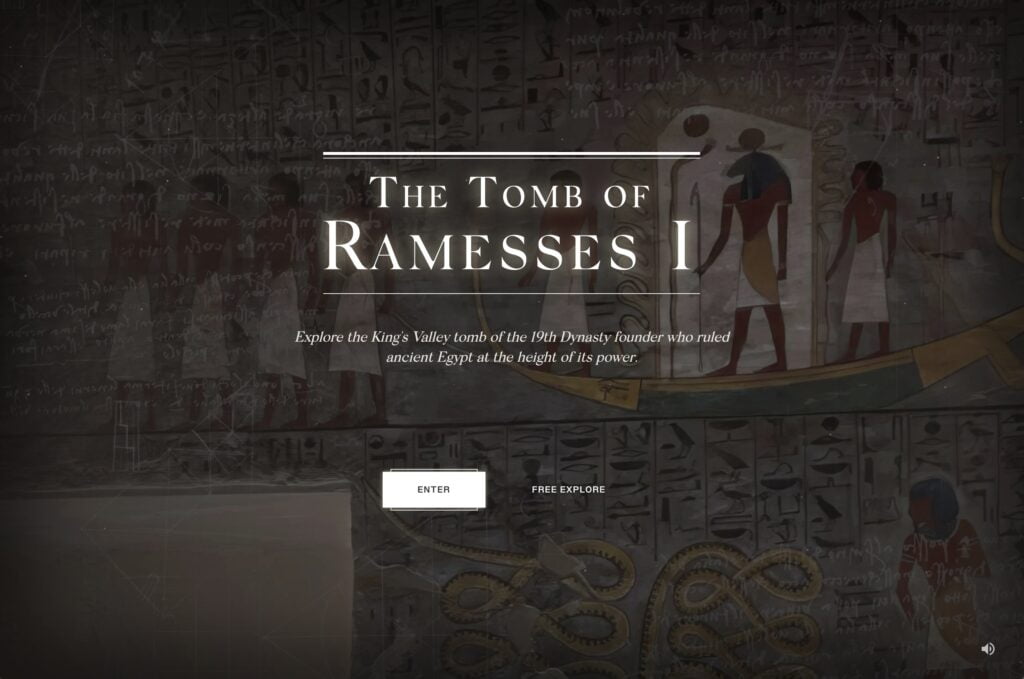
We’re back from fieldwork this summer with a totally new system for building guided tours and a packed schedule of new spaces forthcoming from ancient Greece, Rome, and Egypt. It’s been a bit of our own Netherworld journey with the late nights coding all this up.. Stay tuned this fall, and if you have any requests or questions, let us know by replying to this email!
We also wanted to give a huge thank you to all the individuals and schools that are supporting our work so far–we genuinely wouldn’t be able to do this without you, so thank you so so so much for helping us keep the lights on and building new virtual tours and 3d scans to send to you.
And continual thanks to our partners a the Ministry of Tourism and Antiquities in Egypt as ever for the opportunity to work at these sites.
Without further ado, here’s more about the Tomb of Ramesses I, one of my favorites in the Valley of the Kings.
I’m testing out a new section to index the tours with the History of Egypt Podcast created by Dominic Perry. I use Dominic’s podcast all the time in researching the tours–they’re so informational and detailed, from historical background to expert interviews, I can’t recommend them enough.
Podcast Guide
- 175: In the Hall of the Duat King – Book of the Gates, Part I
- 176: A Brand New Day – Book of the Gates, Part II
- 177: Sun Born – The Life of Ramesses I, Part I
- 178: Nile to Niagara – The Life of Ramesses I, Part II
Please don’t forget to support Dominic and his project on Patreon if you find them useful!
The Tomb of Ramesses I in the Valley of the Kings
Nestled off the dusty path of the Valley of the Kings, the Tomb of Ramesses I invites explorers into a sacred realm of Egyptian mythology and royal legacy. Ramesses I, the founding pharaoh of the Nineteenth Dynasty of Egypt, started a line of rulers who would leave indelible marks on the ancient world.
Though his reign was relatively short, the importance of Ramesses I cannot be overstated. He played a crucial role in stabilizing Egypt and restoring the traditional practices and beliefs that had been disrupted during the Amarna Period. His tomb, therefore, serves not only as a final resting place but also as a symbol of striving for restoration by looking back to a history that had been forgotten–and in the Netherworld of the renewal of time itself.
Also check out the 🏛️ Tomb of Ramesses I on the Theban Mapping Project
Entering the tomb, visitors are taken in with celestial scenes, the striking yellows, reds, and greens depicting scenes of Ra on his nightly journey through the Netherworld against a rare blue-gray background as they have for over 3,300 years. Each part of the space seems imbued with sacred meaning, images of burial rituals and Egyptian religion surrounding an immense red granite sarcophagus to ferry the king into the afterlife.
The tomb is oriented roughly southwest. After a steep descending passage to the burial chamber, the walls of the tomb are read both directions from the entryway where two Ma’ats face the visitor. From the entrance of the tomb, they begin from the right to the middle of the back wall, ending in judgment before Osiris, and then return to the entrance to proceed next from the left and culminate on the back wall with the king before Khepri to represent the rising sun and completion of the journey through the Netherworld.
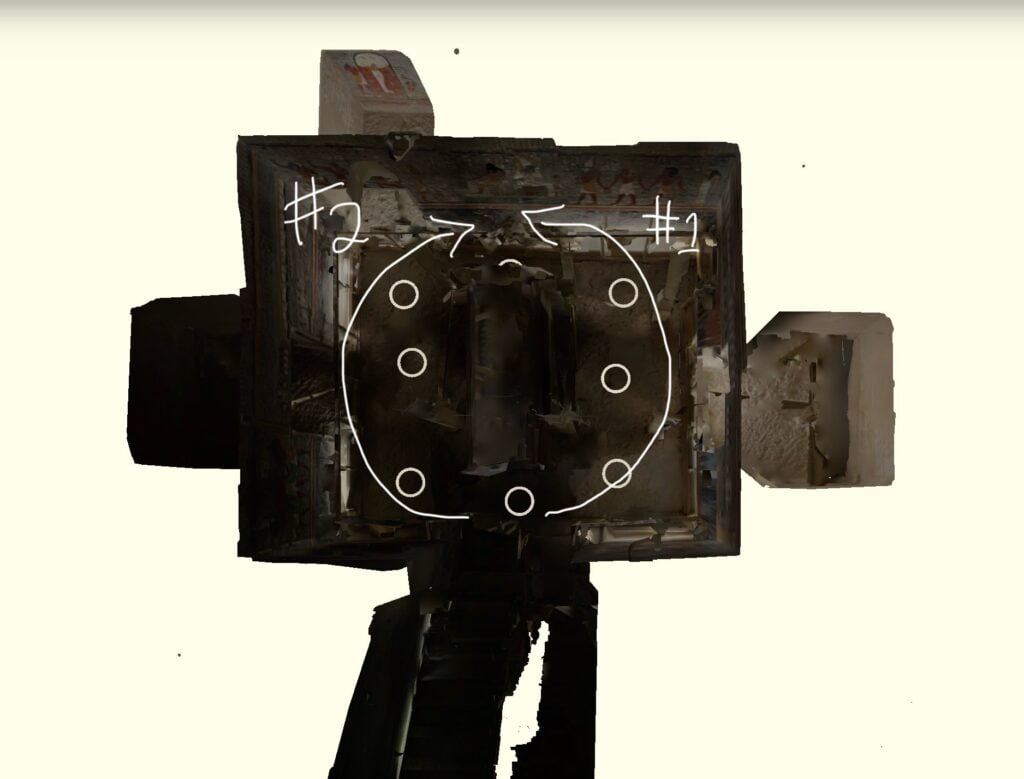
Ramesses has a humble tomb compared to others in the rest of the Valley, and it’s easy to see something of a reflection of his life in this–rising from humble non-royal origins to become the founder of one of the most important dynasties in ancient Egypt.
Who was Ramesses I?
Ramesses I wasn’t born to a royal family of the time–instead, he was born in a rural village in the eastern Nile delta, possibly nearby the then capital of the area, called Avaris. His parents named him “Paramessu” meaning “the sun bore him.” His father was in the military, and not much is recorded about his early life otherwise.
Ramesses (or Paramessu then) distinguished himself through his works, and the pharaoh of the time, King Horemheb made him vizier, one of the highest positions that could be held short of King, kind of like a Speaker of the House or Prime Minister of his day.
King Horemheb had a difficult job. Without going into too much detail here, one of the previous pharaohs, Akenaten, had established a new religion and even made a new city in the middle of the desert and made many Egyptians move and live there. After Akenaten’s death, the country tore apart his monuments and struck his name from history–there’s much complicated scholarship around this subject. In the wake of this, Horemheb was left with the task of putting together a divided Egypt.
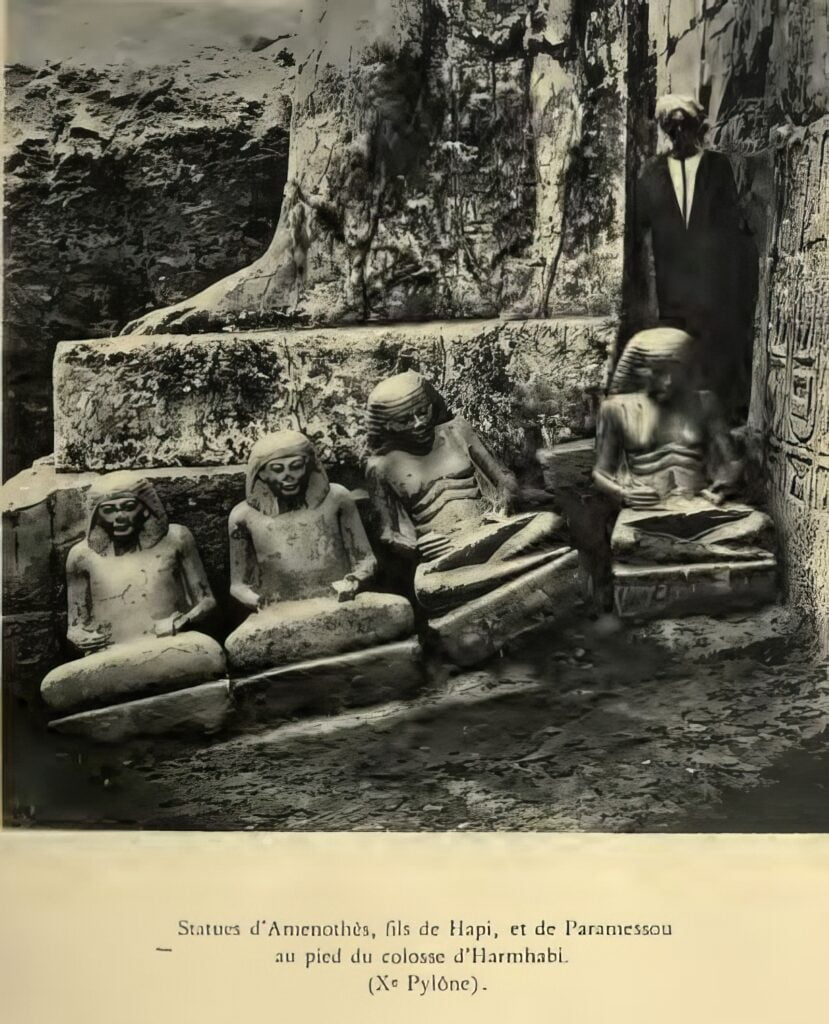
During his rule, Horemheb never had an heir. Researchers today don’t know the reason why, but toward the end of Horemheb’s life, Ramesses/Paramessu was managing many of the day to day duties of the country–and importantly, he had a son and grandson to pass on his lineage to. Seeing this, and probably wanting to secure the stability and restoration of the country, Horemheb decided to appoint Ramesses as the next king of Egypt. From Ramesses, the new royal line would be one of the most influential in the history of the country.
From Ramesses I, historians mark the beginning of the Nineteenth Dynasty in Egypt, or the Ramessid Dynasty–though the ancient Egyptians didn’t think of the demarcations like that as clearly as we do today. Ramesses’s son, Seti I, and grandson, Ramesses II, were great builders and under their rule, some of major monuments that we visit and study, such as Luxor Temple and the temples at Abu Simbel were constructed or enhanced.
When he was appointed king, Ramesses I was already an older man, so he only officially ruled as king for a short period before his death. As a result, there wasn’t much time to build out a bigger tomb for him like that of his predecessors. You can compare the tomb of his grandson Ramesses II nearby in the valley.
Along the walls of the tomb, Ramesses is depicted with numerous deities and juxtaposed to the journey of the sun god, Ra, who he’s named after. At one point, he’s even transformed to be “like Ra,” so the scenes of Ra in his solar boat, navigating the Netherworld, correspond to the ritual renewal and transformation of the king’s soul in the afterlife.
The Journey of Ra in the Book of the Gates

At evening each day, in ancient Egyptian mythology, the sun god Ra traveled through the Netherworld – just as he had traveled through the sky during the day. He traveled in a special solar boat, accompanied by Sia, or Knowledge, and Heka, or Magic. A giant snake curled around him and protected him through his journey.
In ancient Egyptian mythology, the Netherworld is a complicated and multifaceted place, incorporating of mysteries, trials, and dense symbolism. One of the most dramatic and pivotal narratives depicted in the Netherworld across many books is the nightly battle between Ra and Apophis, the embodiment of chaos and destruction.
Apophis, also known as Apep, is depicted as a colossal serpent, a creature of the shadows and chaos, lurking in the depths of the Netherworld. He embodies the antithesis of Ma’at, the ancient Egyptian concept of truth, balance, and cosmic order. Each night, Apophis lies in wait, seeking to devour Ra and plunge the world into eternal darkness. In the first scene in our tomb, we see Apophis being held back by Atum.

The scenes in the Book of the Gates vividly depict this cosmic struggle between order and chaos. Ra navigates through the twelve gates representing the twelve hours of the night, each gate guarded by deities and supernatural creatures. Accompanied by a retinue of gods and protected by magical spells, Ra sails on his solar barque, a symbol of divine passage and celestial navigation.
As Ra confronts Apophis, a fierce and tumultuous battle ensues. The other gods and goddesses join Ra in his struggle, wielding divine weapons and uttering powerful spells to subdue the serpent of chaos.Despite Apophis’ formidable strength and the threat he poses, Ra emerges victorious each dawn, symbolizing the triumph of order over chaos and the rebirth of each new day.
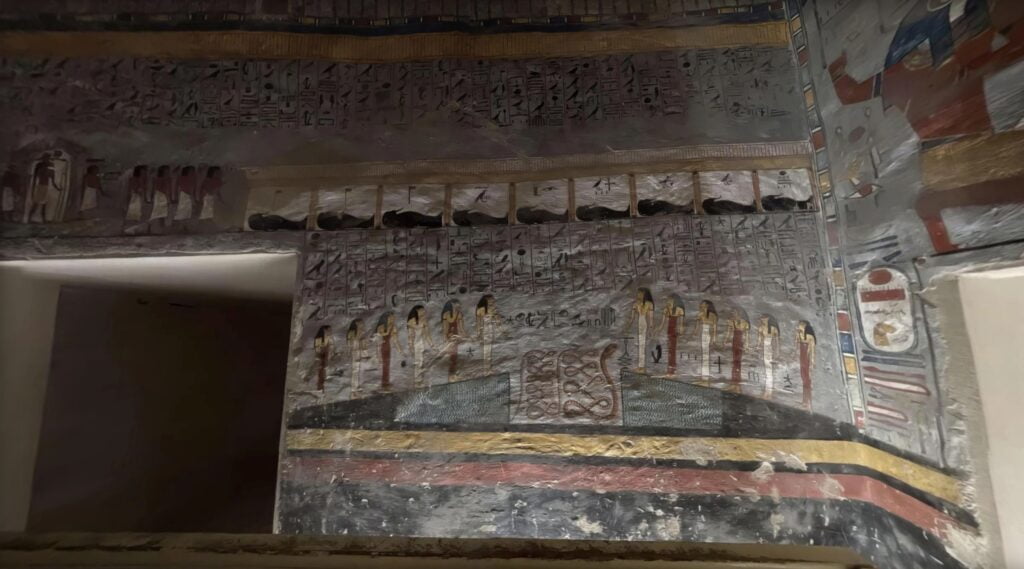
On the opposing wall of the Tomb of Ramesses I, we see Ra again in the solar boat, this time approaching nine mummies in their chapels. The mummies lie in their chapels, seemingly inert and lifeless, waiting in repose within their dark confines. However, as Ra passes by on his solar boat, a miraculous transformation occurs. The mummies come to life, animated by the divine presence of the sun god. Ra extends offerings to these rejuvenated beings, a gesture symbolizing sustenance and the giving of life energies.
For a brief moment, these figures go about their daily lives, performing activities reminiscent of their earthly existence, depicting the renewal of the flesh as it had been while living. However, as Ra passes by on his journey and departs, they revert to their mummified forms, and their cycle of death and awakening continues again. As the gate shuts behind Ra, they wail in the darkness.
Beneath this scene of the renewal of the body, another layer of the mythological narrative is portrayed: deep in the Netherworld, in primordial waters, the Snake of Time, Hereret, or the Swallower, dwells. The Hours of the night are personified, coming to the Time Snake in a solemn procession. Each night, the Time snake gives birth to twelve smaller snakes. The Hours, in turn, each consume one of the smaller snakes before returning to their respective gates, signifying the cyclical consumption and regeneration of time.
On the final scenes of the narrative on the walls of the tomb, Ramesses is brought before Khepri and brings him offerings of ointment. The Book of Gates also ends with scenes of Khepri and the goddess Nun raising the solar boat of Ra with Khepri back into the sky – since the ancient Egyptians believed that scarab beetles rolled the sun back into the sky each morning. So Khepri is fitting in this context, even though the full scenes from the book of the Gates were not able to be portrayed.
The remainder of the scenes on the walls depict Ramesses before several deities being judged and transformed and are described in more detail in the tour. Let me know if you have other questions or considerations by emailing or clicking “Ask a Question” in the tour.
The New Work: Innovating in 3d Scanning and Storytelling
This is a totally new version of the Guided Tours, so I hope that you like them! It took quite a bit of focus and engineering effort to build out, and I coded up visual effects and more interactive content and sound, as I haven’t previously.
I’m releasing the software for building this type of tour under a new name called SpaceShare, so you’re welcome to test it out if you want to 3d capture and create these type of interactive narratives. Everything in the Tomb of Ramesses I virtual tour was captured on an iPhone 12, but it also works with 360 cameras too, such as the Insta 360 One RS, which I’ve been using quite a bit in the field recently, in tandem with other Lidar scanners.
I’d love feedback! What do you like and what doesn’t work? We build each tour as an experiment to see what virtual travelers like the most, so if more interactive content like this is useful, I’m glad to keep building them into the tours.
Specifically, I’ve been working quite a bit on custom shaders for the sketch effects and owe a good deal to Yuri Artiukh and the community on ShaderToy.
In researching the tomb, I owe a good deal to the Theban Mapping Project, and I definitely recommend the bibliography there for any continuing study. Also check out OsirisNet for information and a cool 3d walkthrough.
Coming up for this fall, we’ve been hard at work with new partners all over the world through the summer to bring you new virtual tours and digital stories that you’re going to love from sites in Greece, Italy, Jordan, and many others. Next is a rare guided tour that takes you between the paws of the Great Sphinx at Giza–you won’t want to miss it!
—

In the News & From the Beat
For the latest on archaeological news, check out Ancient Beat #79: Dark earth, sunken temples, and a 476,000-year-old wooden structure.
The latest Ancient News Top 5:
- World’s Oldest Wooden Structure Made by Ancient Humans is 476,000 Years Old
- Archaeologists Find 1,500-Year-Old Gold Treasure Beneath Pagan Temple
- Sunken Temple and Sanctuary from Ancient Egypt Found Brimming with ‘Treasures and Secrets’
- Remarkably Well-Preserved 2,500-Year-Old Canoe Discovered in Swiss Lake
- Ancient Amazonians Intentionally Created Fertile ‘Dark Earth‘
—
✉️ If you enjoyed this post and want to receive more digital heritage and virtual guided tours to your inbox, sign up for more information about virtual tours and 3d capture delivered to your inbox by signing up here.


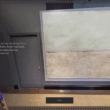

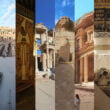
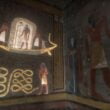
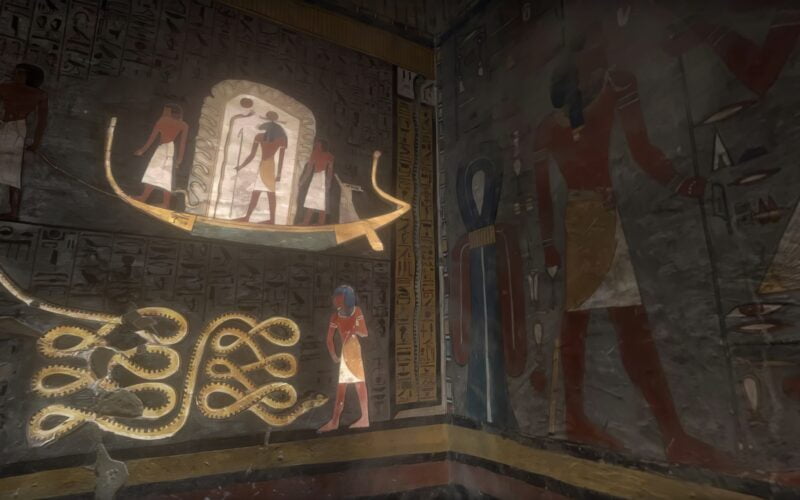
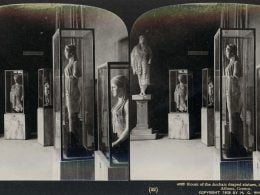
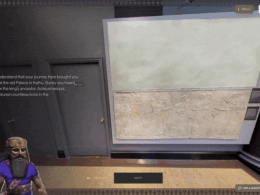

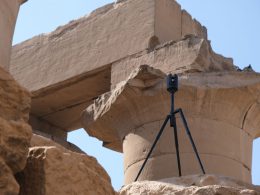
1 comment
Comments are closed.